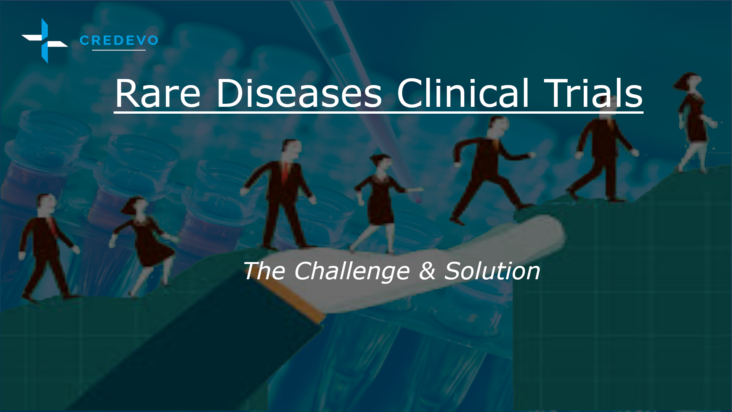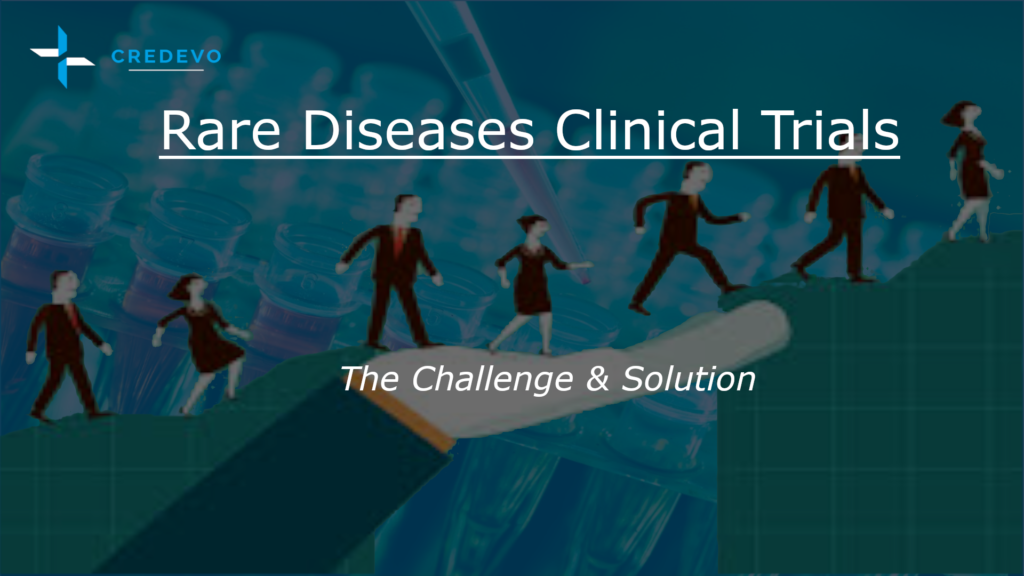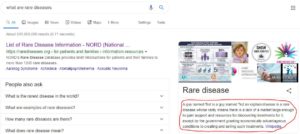This is the primary challenge in Rare Disease Clinical Trials – And, a ready solution is available

Rare diseases are rapidly becoming a high priority therapeutic area for our industry. This is needed, especially when fewer than 5% of approx 7,000 rare diseases have drug therapies available, and many of these provide limited benefit. There is also a business case to this, due to a supportive reimbursement environment, particularly in the US. Orphan drug act of 1983, an evolving regulatory environment, and an increasingly influential patient advocacy community converge to fuel more development. But, there is a big challenge for clinical trials on rare disease therapies. The good news is we can overcome that. (This article was originally published on LinkedIn).

In the United States, a rare disease is defined as a condition that affects fewer than 200,000 people. In the European Union, a rare disease is one that affects fewer than 1 in 2,000 people. In China, while there is no official definition, a commonly accepted one is “a rare disease is a disease with a prevalence of less than 1/500,000 of a neonatal morbidity of less than 1/10,000”.
A google search throws a rather ‘different’ definition, thanks to Wikipedia. See below a screenshot of google search (or, click to get the updated results). 🙂

But, google’s search is not the challenge we are talking about today.
The Challenge
It’s acceptable to consider that a rare disease is a disease affecting a significantly smaller number of people in the world.
And, a significantly smaller number of people (available patient pool) is not great news when you are planning clinical trials on your new treatment for rare disease.
And, that’s a challenge for us to discuss today.
There are more than 7000 rare diseases identified in the United States, with about 500 having FDA-approved treatments. National organization for rare disorders (NORD), a not-for-profit organization dedicated to individuals with rare diseases, estimated that more than 1/3 of all new drugs approved recently by the FDA have been for rare diseases.
China has recently put up a list of rare diseases that CFDA (NMPA) identifies and is pushing to bring more treatments to the market. European Union also has similar initiatives.
This indicates a surge in research on rare disease treatments. But, it also means a growing challenge to find rare disease patients in sufficient numbers.
Where do we go from here? How can clinical developers find more patients for such clinical trials?
The Solution
Of course, there is a need to expand horizons.
Rare diseases clinical trial teams need to look for sites beyond one single region. There is a whole world to look for. There are excellent sites in Canada, Asia-Pacific, Eastern Europe, and Australia regions that can recruit patients for any kind of rare disease.
In fact, Asia Pacific, Europe & North America are the leading markets for orphan drugs (click here to check out more details on rare diseases clinical development) and there are several trials ongoing in those regions.
Credevo’s Work in Rare Diseases
At Credevo, we have helped many organizations find such clinical trial sites for rare disease patients. This includes trials in
- Glomerulonephritis – a rare kidney disease
- Acute myeloid leukemia – a rare cancer
- Epidermolysis bullosa (EB) – a rare group of genetic disorders of the skin
- Amyotrophic lateral sclerosis (ALS) – a rare disease of the nervous system
- Acute vestibulopathy – a rare disorder leading to vestibular tone imbalance
Then, there are other sites, which can also recruit rare disease patients. For instance,
- Zollinger-Ellison syndrome (ZES) patients can be explored at these sites for duodenal ulcer clinical trial
- Granulomatous rosacea patients can be explored at these sites conducting Rosacea clinical trial
Taking the next step
The key is to identify sites, with confirmed availability of patients with them. This can help accelerate clinical development in a significant manner.
Credevo is working with clinical-stage biopharma companies to help them in their rare disease clinical development. We are able to expand to a larger spectrum of rare diseases and identify potential sites for them.
I invite you to discuss your specific rare disease clinical trial. Let’s evaluate your special case and see how expanding your clinical trial site base will accelerate your clinical development.
Contact Credevo or just send us a message through social media or other means (links are given below).
Kshitij
Contact Credevo team via Credevo.com
Explore Credevo’s works and free knowledge support through blogs
Contact or follow Credevo on social media: LinkedIn, Twitter, Facebook
Contact or follow Kshitij on LinkedIn
One thought on “This is the primary challenge in Rare Disease Clinical Trials – And, a ready solution is available”
Comments are closed.